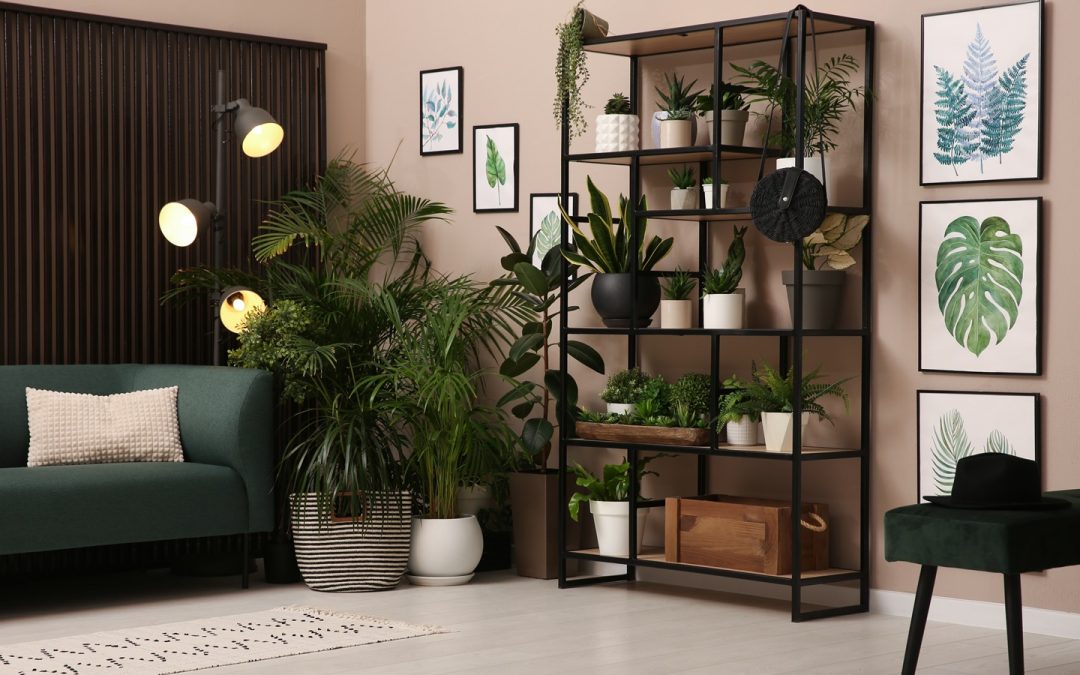Step 1: Define Your Vision
Before diving into furniture selection, it’s essential to have a clear vision of your desired outcome. Think about the overall feeling you want to achieve in your space. Are you aiming for a cozy, eclectic look or a more polished, modern feel? Having a vision board or a collection of inspirational images can help clarify your style preferences and guide your choices. For instance, if you’re interested in incorporating local elements, exploring a home decor product Malaysia can provide unique and culturally rich pieces that enhance your design vision.
Step 2: Start with a Neutral Base
Creating a neutral base with walls, flooring, and larger furniture pieces is an excellent strategy. This foundation allows for more flexibility when introducing different styles and colors. Consider using neutral colors like white, beige, grey, or soft pastels for your walls and large furniture items such as sofas or beds. A neutral base acts as a canvas, making it easier to blend various elements harmoniously.
Step 3: Choose a Dominant Style
While mixing and matching, it’s beneficial to have one dominant style that will serve as the anchor for your design. This style should reflect your personal taste and be the most prevalent in the room. For instance, if you lean towards a modern aesthetic, ensure that most of your furniture pieces align with this style. The dominant style provides a sense of coherence, making it easier to integrate other styles without overwhelming the space.
Step 4: Introduce Complementary Styles
With your dominant style in place, it’s time to introduce complementary styles. Choose one or two secondary styles that contrast or enhance the dominant style. For example, if your dominant style is contemporary, you might add mid-century modern or industrial elements to create interest and depth. Ensure that the secondary styles share some commonalities with the dominant style, such as color schemes, shapes, or materials, to maintain harmony.
Step 5: Balance Proportions and Scales
One of the most critical aspects of mixing furniture styles is balancing proportions and scales. Make sure your furniture pieces are proportionate to each other and fit well within the room’s dimensions. Avoid pairing oversized furniture with tiny pieces, as this can create an unbalanced look. Similarly, be mindful of the height and width of your furniture to maintain a cohesive appearance. For example, if you have a large sectional sofa, balance it with substantial coffee tables or armchairs.
Step 6: Focus on Color Coordination
Use a consistent color palette to unify different styles. Begin with a base color, then add complementary or contrasting hues to create visual interest. For instance, if your dominant style features a lot of natural wood tones, consider incorporating accent colors like navy blue or mustard yellow in your secondary styles. Utilizing textiles such as throw pillows, rugs, and curtains can also help blend various styles seamlessly.
Step 7: Incorporate Textures and Patterns
When mixing furniture styles, consider incorporating various textures and patterns to create a layered look. For example, pair a sleek, modern leather sofa with a plush, vintage-inspired rug and a rustic wooden coffee table. Mixing smooth and rough textures can create a balanced and visually appealing room. Patterns can be introduced through cushions, wallpaper, wall art, or artwork, but be sure to select patterns that complement each other. Easy-to-install wallpaper borders are also a great way to add visual interest and tie together different design elements without overwhelming the space.
Step 8: Use Statement Pieces Wisely
Statement pieces are crucial in defining your space and adding personality. When mixing and matching furniture styles, choose one or two standout items that embody the essence of your design vision. These could be a unique antique chair, a bold piece of artwork, or an eye-catching light fixture. Ensure that these statement pieces complement the overall color scheme and style of the room without overpowering it.
Step 9: Pay Attention to Details
Details such as hardware, lighting, and accessories play a significant role in tying different furniture styles together. Select accessories that echo the styles you are blending. For instance, if you’re mixing industrial and farmhouse styles, choose lighting fixtures with a mix of metal and wood elements. Similarly, consider hardware finishes like brass, chrome, or matte black to create a cohesive look. Thoughtful accessorizing can seamlessly bridge the gap between different styles.
Step 10: Test and Adjust
Finally, once you have arranged your furniture and accessories, step back and evaluate the overall look. Ensure that the space feels balanced, cohesive, and reflective of your personal style. Don’t be afraid to adjust as needed. Sometimes, a small tweak, like rearranging furniture or swapping out accessories, can make a significant difference. Trust your instincts and make changes until you achieve the desired harmony in your mixed-style space.
Conclusion
Mixing and matching furniture styles can transform your home into a personalized and visually appealing sanctuary. By defining your vision, starting with a neutral base, choosing a dominant style, and thoughtfully integrating complementary styles, you can create a harmonious and unique living space. Remember to balance proportions, coordinate colors, incorporate textures, and use statement pieces wisely. With attention to detail and a willingness to adjust, you’ll master the art of mixing furniture styles effortlessly.


Recent Comments